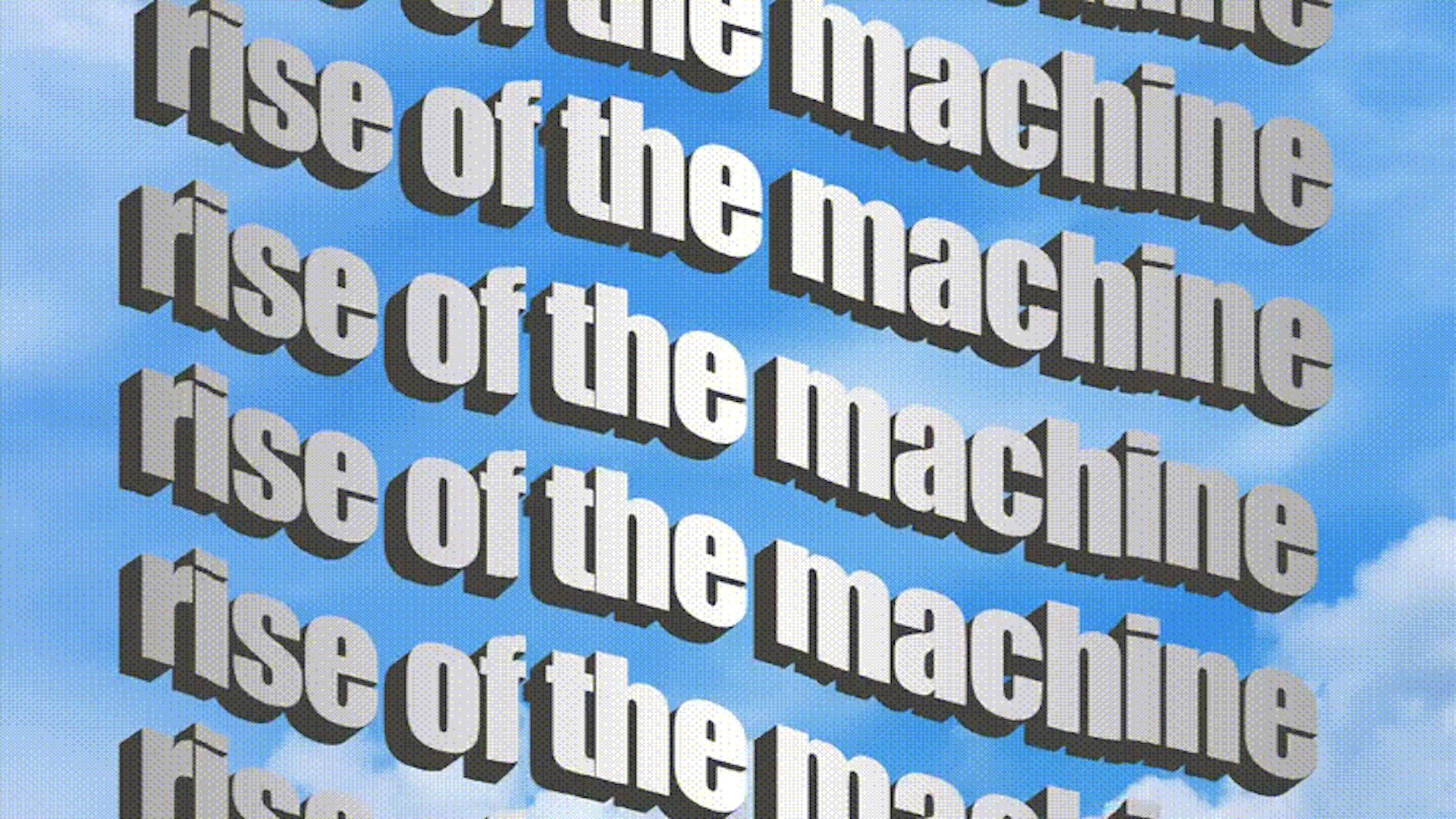The Legacy of Facebook, Google, the social web, and why brands like yours must lead the way back.
I recently heard someone refer to their business as an “Internet business.” I knew what they meant—virtual teams, services purchased and primarily delivered through web apps and portals, heavy focus on digital marketing—but then I had a wondering.
By that definition, aren’t we all internet companies?
You—sitting there reading this, with all other tabs closed and completely free of distraction because you value this content so much—probably can say yes to all of the above:
✓ Digital Marketing
✓ Virtual Teams
✓ Online Services
But you might be a fintech, a crypto company, a security provider, a media company, or even a butcher.
Today, saying you’re an internet-based company is sort of like saying you’re an electricity-based company. Sure, its fundamentally true, but what does it matter?
I think (and therefore the reason for this newsletter, dear brand wizards) that because the internet is so in our veins, we’re often unaware of what it costs us, how it changes our businesses, and where it’s going.
Let me offer a premise: The transition from the 2010s internet (web2) to the 2020s internet (web3) will be something close to moving from radio to TV. Except in this parallel, radio played a critical role in breaking or undermining every major social institution known to man. It gave us rock-and-roll. But at a cost.
If you plan to be a 2020s internet company—and given the qualifications for that above, my guess is you do—then hop on in for a brief ride through the web. Where we’ve been and where we’re going next.
Rise of the Machine (What is WEB 2.0 and How Was it MADE?)
When your great-grandchildren enter their history room in the metaverse, there will be much to say about how the internet was made. Much more than this little content bomb can contain. For our discussion, we’re zeroing in on what web-heads call “Web 2.0” but what you may just call “the Internet.”
In 2004, Tim O’Reilly, an internet futurist, coined the phrase Web 2.0. The phrase was used to represent the expansion of the social and mobile web at the time, made popular by applications like Facebook and YouTube where data was shared readily, and experiences previously limited to software were now housed on “apps” connected via the internet.
These apps had access to impossible amounts of consumer information and made use of that access, long before the protocols could keep up. Suddenly, and without much knowing consent, the entire global population was sacrificing privacy and data security at a scale unknown to the human experience in exchange for access to these apps. Of course, the web apps felt this was a fair trade. You know it’s a fair trade because it’s explained on paragraph 39 of page 18 of the End User License Agreement which you are asked to sign at exactly the moment you are least likely to read it.
Web 2.0 was the crash collision between internet technology and commerce. When the dot-coms busted, and people still had big questions about e-commerce (boy that seems like a long time ago) the question of how the internet could make money was a pretty blank slate.
And as any Ad Man will tell you – what’s the best use of a blank slate?
Advertising.
Facebook, flush with users and VC cash but no revenue model, and Google, flush with customer data and its own trove of money, had to solve the fundamental question of monetization. (No surprise, their VC people expected an ROI… eventually).
So, they looked around the attic at what was the most saleable thing they had: DATA.
Not just numbers and zeroes, but aggregated data about what people did and when. Where they drove, what they said about Tucker Carlson, whether they celebrated Pride Week, if they were on the pill or not.
The 3 Faults
Web 2.0 came out of the ashes of the dot com crash of the early 2000’s. Unlike Web 1.0, whose creation and maintenance were dependent on specialists and computer programmers, 2.0 promised a more participatory and collaborative internet. User-generated content (YouTube, Instagram, Flickr, Tik-Tok, Blog sights, Reddit, etc), social networking, personalized shopping experiences (Amazon), all of what we take for granted as the internet now – was a product of Web 2.0.
Now for the world-destroying part.
Companies realized that they could exploit Web 2.0, along with all the users in apps and websites where they had built digital communities, to market. Cookies could track movement around the web and all kinds of attribution was born. Bad actors could animate the data-driven algorithms to undermine the social fabric, monetize distrust, and use all the neurologically-imbued powers of the internet to create global pyramid marketing schemes.
The volume of marketing increased exponentially while the quality decreased, trigging the assured suspicion and eventual apathy of most internet users. All this while undermining trust in each other, in brands, and through an algorithmic-juiced array of disinformation, in the institutions that bind society together.
Web2 made three fundamental assumptions that have undermined trust:
-
Digital connection is the same as IRL connection.
It’s similar but not the same. Curated displays of our lives for public comment are very different than social connection. The asynchronous tools of the internet gave us the ability to connect with more people in more ways but often prompted us to trade that for little up-ticking thumbs. -
People’s data privacy is a reasonable thing to sell in exchange for free digital experiences.
Not when they don’t know it’s being sold. Web 2.0 and its biggest champions had already remade human connection long before people realized they were the product, not the consumer. Today’s technological forces, at a very fast pace, empower consumers to reclaim their privacy and disengage from the machines. -
Access to unfiltered and unmitigated opinions of people algorithmically selected to agree with me is a social good.
It’s not. Digital echo chambers accelerated by algorithms is the foundation for mis and dis-information and is central to the decay of democracy.
Worldwide Again
With Apple’s privacy features (covering over 50% of mobile device users), web browsers built to block tracking, the demise of third-party cookies (little bits of code that follow you around the internet and tell trillion-dollar firms what you’re up to so they can sell the insights from that to their advertisers), the very fabric that powered the financial impact of Web2 is being dismantled.
Because most of the financial benefits of this framework were transacted through marketing agreements, its demise obviously has big meaning for brands. But there is more at stake than our marketing budgets.
Brands are—whether they like it or not—transactors in trust. Trust is how we live, breath, rise, and fall. And because Web2 had so many trust-breaking effects, it is now on the shoulders of brands to find their way back to it.
Web3 is now the term for an emerging set of technologies that reframe this trust: cryptocurrency, NFTs, and the blockchain. By creating a digital world free from intermediaries, Web3 is building a world based on distrust, and seeing if we all want to go along for the ride.
The Web3 gods like to say that technology is morally neutral. But this is simply not possible. All creations of culture are imbued with moral code. And brands, just like technology, will have massive claims to the moral universe we make together.
84% of people say they want their brands to make a difference in the world.
In the rise of Web2, we all rallied together and made data-mining, digital surveillance, and disinformation worldwide phenomena available at the tip of our fingers.
What if we linked arms and did the same thing with trust?
It’s a question that every CEO and every head of marketing should be asking right now. If we aren’t playing the game of trust, what game are we playing?



